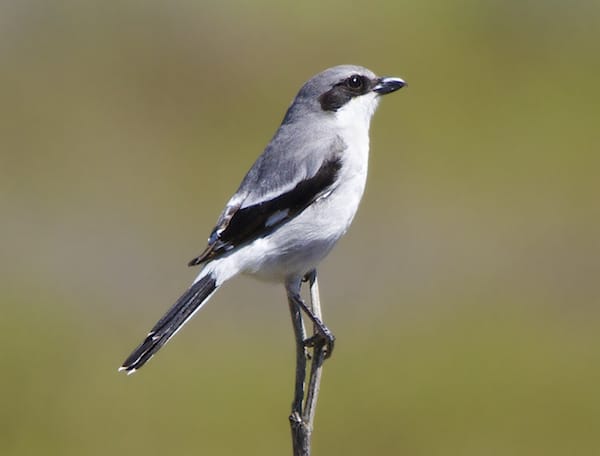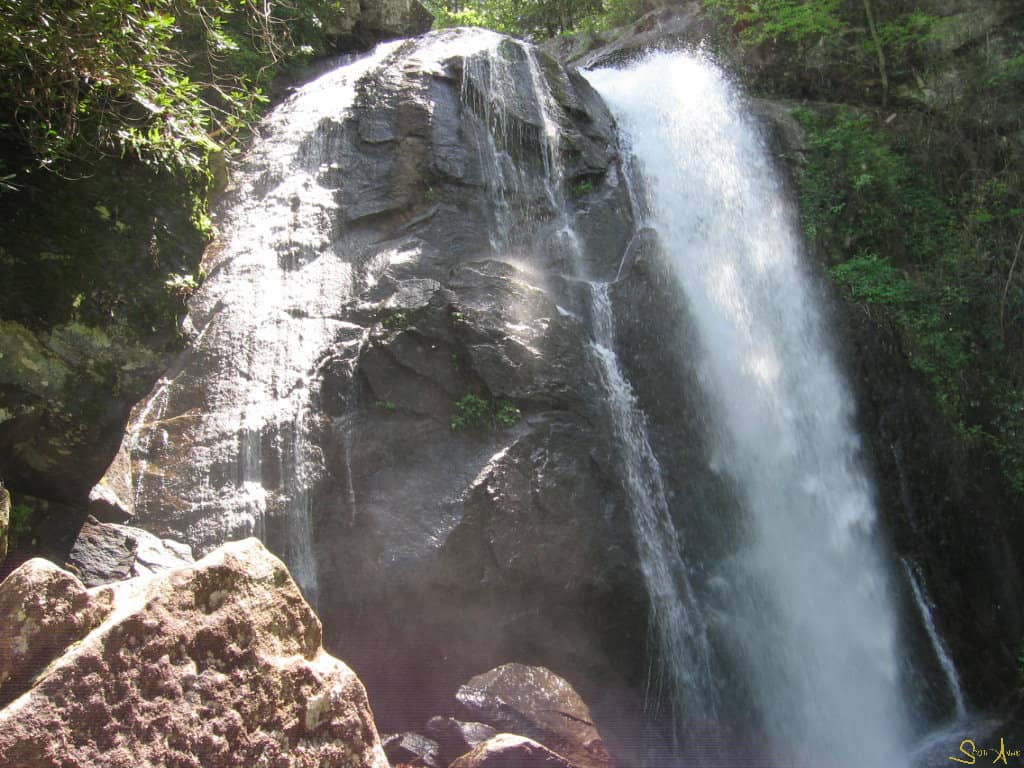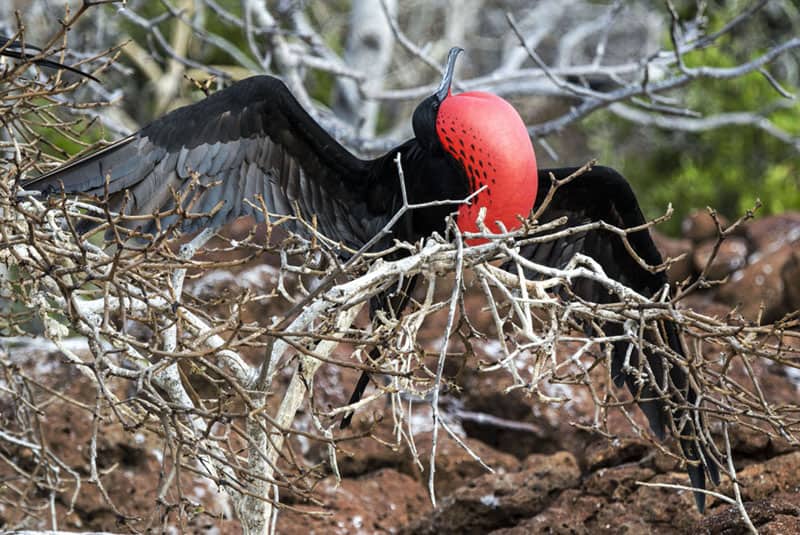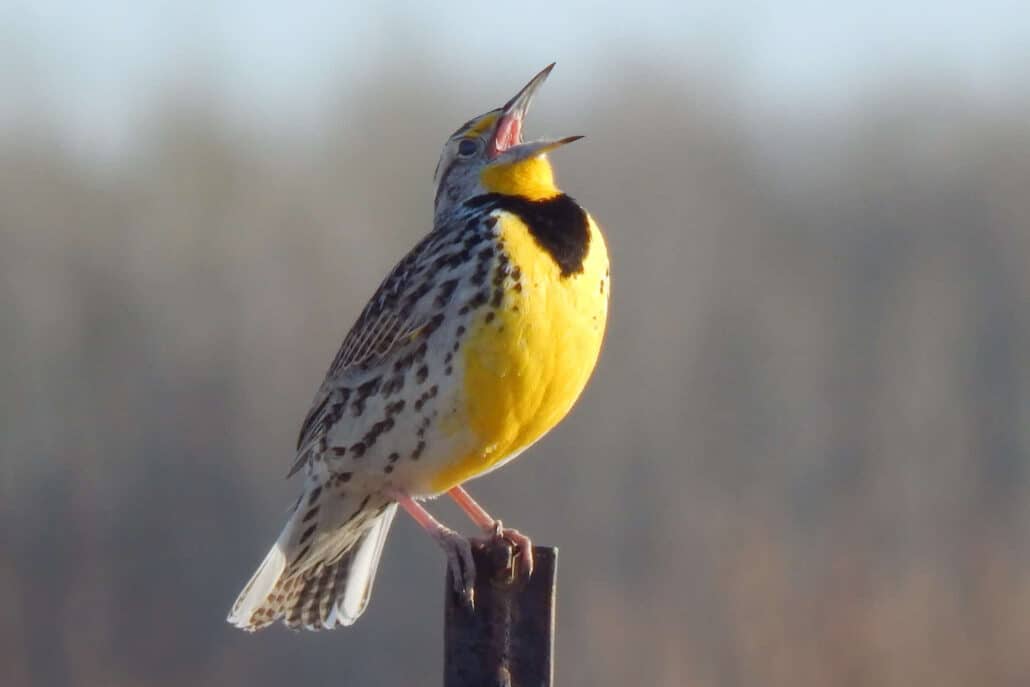Winter birds of Georgia (December, January, February)
November signals the beginning of winter, and is a mirror image of the late winter/early spring exodus of March. A few landbird migrants are still filtering through in the first week or two, but the bulk of the birds arriving or seen are either permanent or winter residents. All the wintering sparrows are now here in good numbers. Check out short-grass fields or spent agricultural fields for Savannah and vesper sparrows (the latter mostly in the south), along with another winter resident, the American pipit. Many of these same fields will also host large flocks of blackbirds, and in the southern and western parts of the state you can check for Brewer’s blackbird in these flocks. In the northern half of the state you can search wet forests and fields for rusty blackbirds.
Many waterfowl are moving into the state in higher numbers, and by the end of the month even the hardiest northern species like common goldeneye (mostly inland at large lakes, especially West Point) and black scoter (found along the coast, with a few seen inland) are arriving on their wintering grounds. This is the best time to see flocks of migrating red-breasted mergansers inland into early December.
Starting at the end of November and continuing into December is the obvious migration of sandhill cranes. These magnificent birds more or less follow I-75 through Georgia both ways, and in fall they are heading for their wintering ground in southeastern Georgia and northern Florida to enjoy their short winter stay. On any clear day, especially one with south winds, look for loose flocks of these great birds meandering south or southeast. Listen for their prehistoric-sounding calls. If you are really lucky, you may find cranes on the ground somewhere at an overnight roost. They fly during daylight hours when the sun provides warm-air thermals to help them climb.
Crane migration continues into December and about the only other new birds are the latest of the hardy ducks. If there is bitterly cold weather to the north of Georgia, we might get an influx of species trying to escape the cold, especially gulls or waterfowl, and some of the rarest species in these groups only occur under such conditions. The other major news in December are the many “Christmas Bird Counts” or CBCs held toward the end of the month and into early January. These all-day bird counts are held in the same spot every year and offer new bird watchers a chance to get out in the field with some more experienced locals.
There is not a lot of bird action in January. In early January it’s often possible to see a few flocks of sandhill cranes. By the end of the month the trickle of spring migrants increases and just about all of them are starting their very long journey north to their breeding grounds.
In February, the first hints of impending spring are the movements of waterfowl across the state, especially toward the end of the month.
While the earliest migrant ducks start heading north, another sign of spring is the dusk and dawn courtship flights of the American woodcock. These well-camouflaged birds of wet forests and fields are sprinkled across Georgia, higher in numbers above the fall line, and throughout the month you can see their whistling display flight and hear their peent flight calls (sounds very similar to a common nighthawk).




